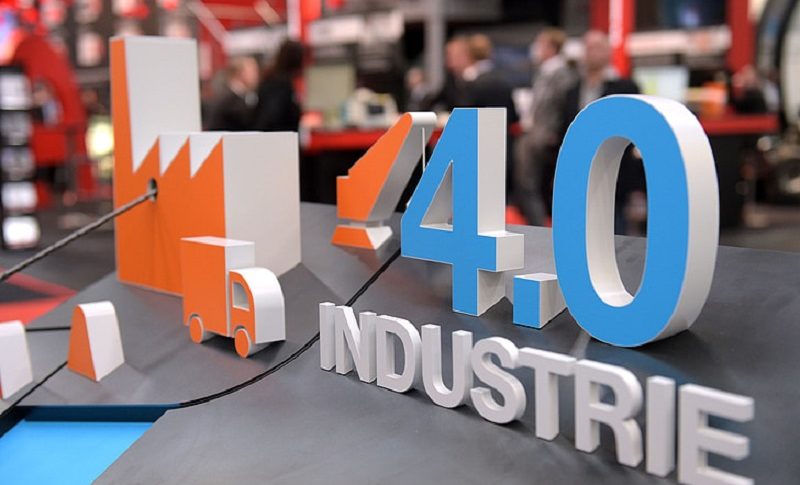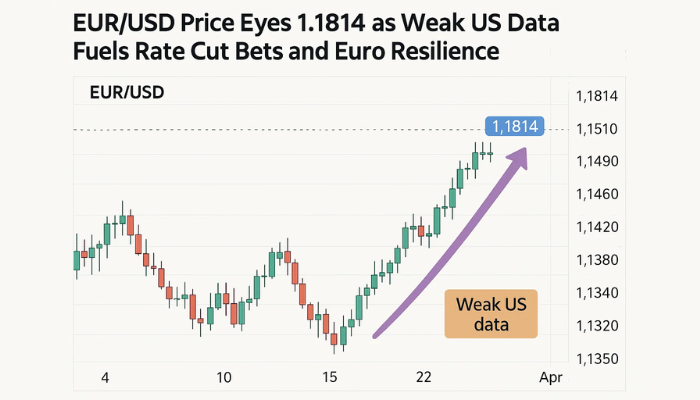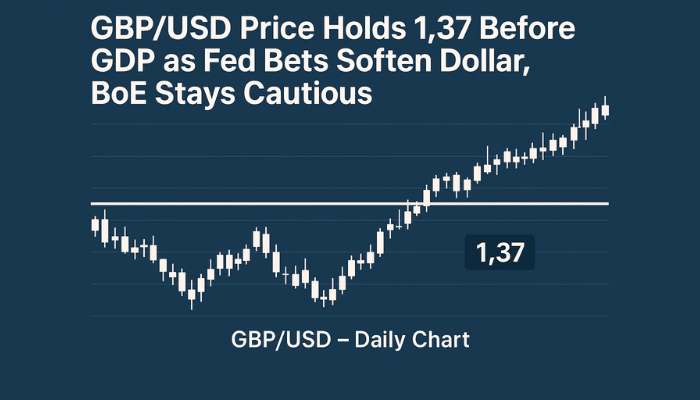The Euro Not Looking at Manufacturing for Rescue As Both Remain Soft
Today's manufacturing numbers from the Eurozone continue to show deep contraction, dragging the Euro down in fears of a recession

Today is a new week, month, and the last quarter of the year, but markets are still displaying the same old theme from last week, with the USD continuing to make gains. The United States Congress enacted a ‘can-kick’ bill to finance the federal government for 45 days. The bill was signed into law by Joe Biden, so US Congress now has 45 days until mid-November to negotiate a more lasting accord between the warring groups.
Bond rates rose to begin the day, with 10-year notes at 4.658%. Higher treasury rates continue to be a drag on markets while benefiting the US currency. Despite Japanese policymakers’ rhetorical intervention, the greenback soared higher across the board, with USD/JPY remaining within touching distance of the 150.00 level.
Meanwhile, EUR/USD and GBP/USD are down 0.4% and commodity dollars aren’t faring any better, despite a shift in risk sentiment during the day. AUD/USD is the laggard, down 0.6% to 0.6385 at the day’s lows. In the commodities market, it’s the same old scenario, with GOLD falling amid higher rates while Oil is resuming the bearish reversal from last week, so let’s see if it will reach the lows of the last two weeks at around $88.20-30.
German September Manufacturing
- September final manufacturing PMI 39.6 points vs 39.8 prelim
- October final manufacturing PMI was 39.1 points
German manufacturing stays more subdued towards the end of Q3, as deteriorating demand conditions continue to weigh. This saw the sharpest decline in output since May 2020 but at least input costs are seen falling further. HCOB notes that:
“There are tentative signs that the bottom is in sight. For sure, the HCOB Manufacturing PMI of Germany is still signalling a quick slide downhill in terms of output. Nevertheless, we see glimmers of hope that the sector is starting to turn the corner. Take new orders for instance, they are on the decline, but easing up a bit. And it is a similar situation with export orders.
“In terms of new orders, history tells us an encouraging story. In past phases of weak growth or recessions, the new orders index stayed in contractionary territory for less than two years. Then, the index moved above 50, signalling growth again. As of today, the new orders index has been below 50 for 18 months. Therefore, there is a decent shot that the order situation will start to improve by the start of next year.
“Suppliers’ delivery times continue to improve at a rather fast pace. This is a sign that demand is still deteriorating, but also that supply problems have been removed. The latter is an important prerequisite for growth to pick up again once demand conditions allow for it.
“Compared to previous recessionary phases, the job market is dancing to a different beat now. It’s like firms are just tiptoeing around job cuts. During the recessions at the start of the century, in 2008/2009 and during the eurozone debt crisis, jobs always took a nosedive. Today, demographics and the corresponding labour shortages, even in times of weak demand, are the obvious reasons why we are not seeing the job losses of times gone by. These factors change the character of this recession, which we assume to have started in the third quarter.
“Breaking it down by sector, the output drop is widespread. Consumer and investment goods production are dropping at faster rates, while the decline in intermediate goods output is easing up a touch. When it comes to jobs, the intermediate goods sector is looking the gloomiest. But in the world of consumer and investment goods, they’re holding the line, keeping jobs steady.”
Spain September Manufacturing
- September manufacturing PMI 47.7 points vs 46.5 expected
- August manufacturing PMI was 46.5 points
It’s an improvement as output and new orders fall at a slower pace but it still points to a contraction in Spain’s manufacturing sector towards the end of Q3. HCOB notes that:
“Spanish manufacturing sector output took another dip in September, but it’s not dropping as fast this time. It is a nod to companies’ resilience, especially with their main export partners – France, Germany, and Italy – hitting some bumps.
“Demand for manufactured goods from Spain is still shrinking, but the jump in the new orders index looks like the drop in demand is moderating. The PMI numbers show this development is very much driven by orders from abroad. In this environment, the decrease in backlog of work was little moved. All this fits with our perception that the global manufacturing downturn is about to find a bottom.
“Although the downturn has moderated somewhat it remains rather broad based. Intermediate goods took the biggest hit, while consumer goods production returned to modest growth. Investment goods output, however, remains in contractionary territory.
“Plugging in the fresh PMI figures into our model, our GDP nowcast delivers a somewhat rosier picture for the whole economy. An overall stagnation of GDP in the third quarter seems to be the most probable outcome with the data published so far. This contrasts with the moderate slump that we envisioned.
“We are seeing another drop in input prices, but it is a somewhat gentler slope this time around. This seems to be due to the spike in oil prices over the past few weeks. For companies it is a good sign that output prices were not cut too drastically, protecting their profit margins.”
EUR/USD Live Chart
- Check out our free forex signals
- Follow the top economic events on FX Leaders economic calendar
- Trade better, discover more Forex Trading Strategies
- Open a FREE Trading Account


